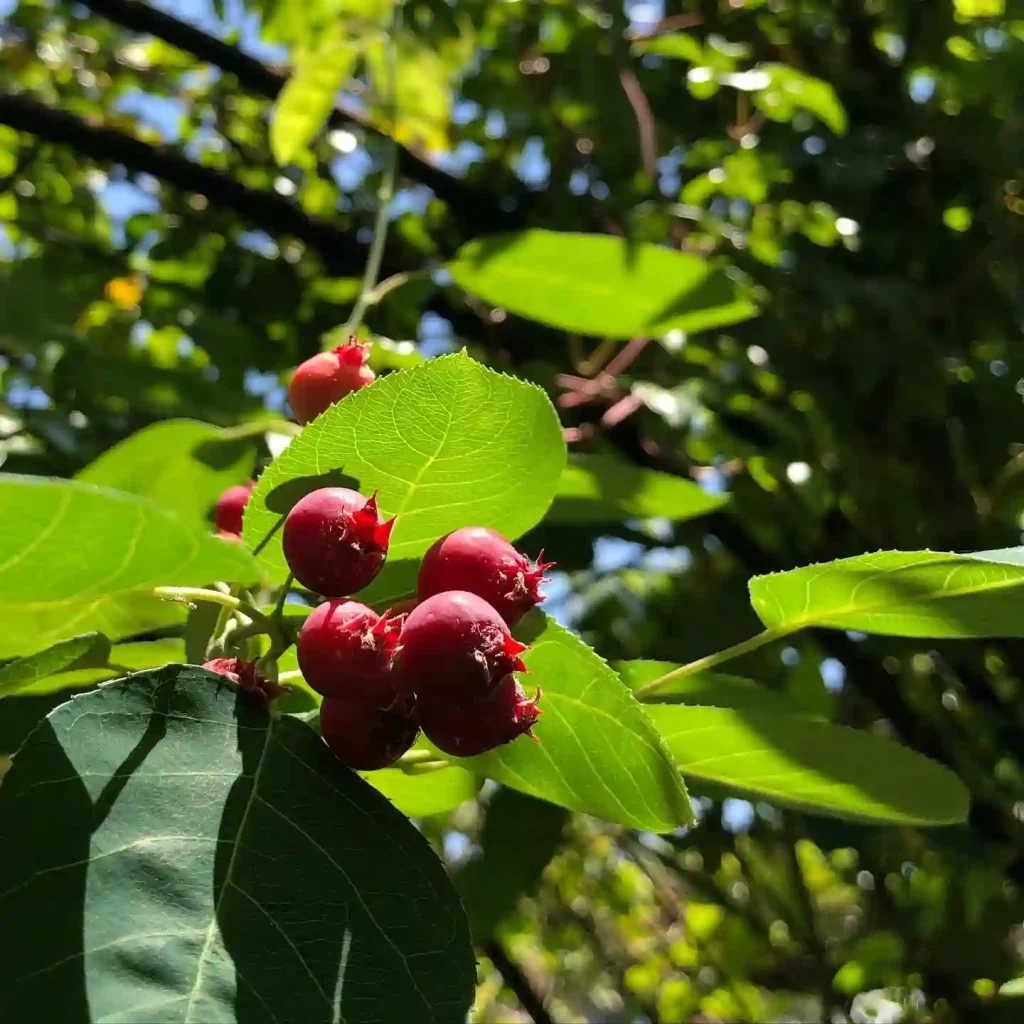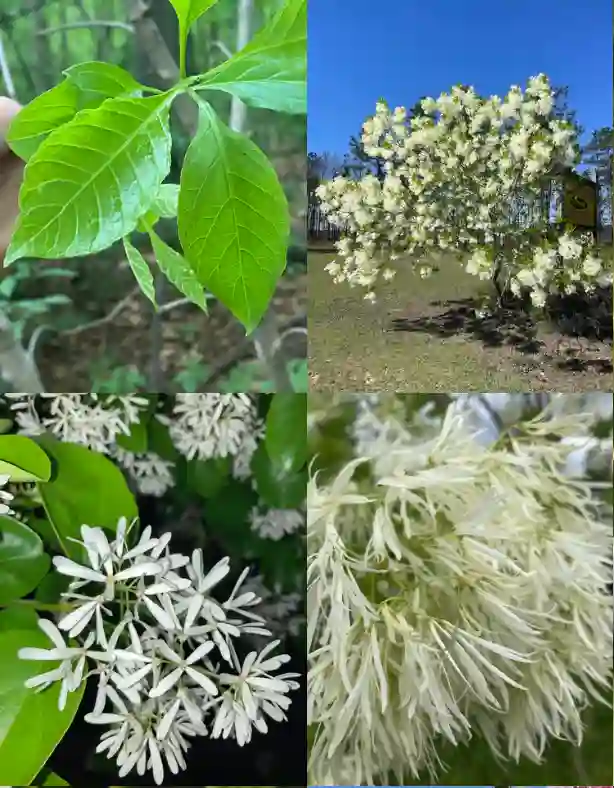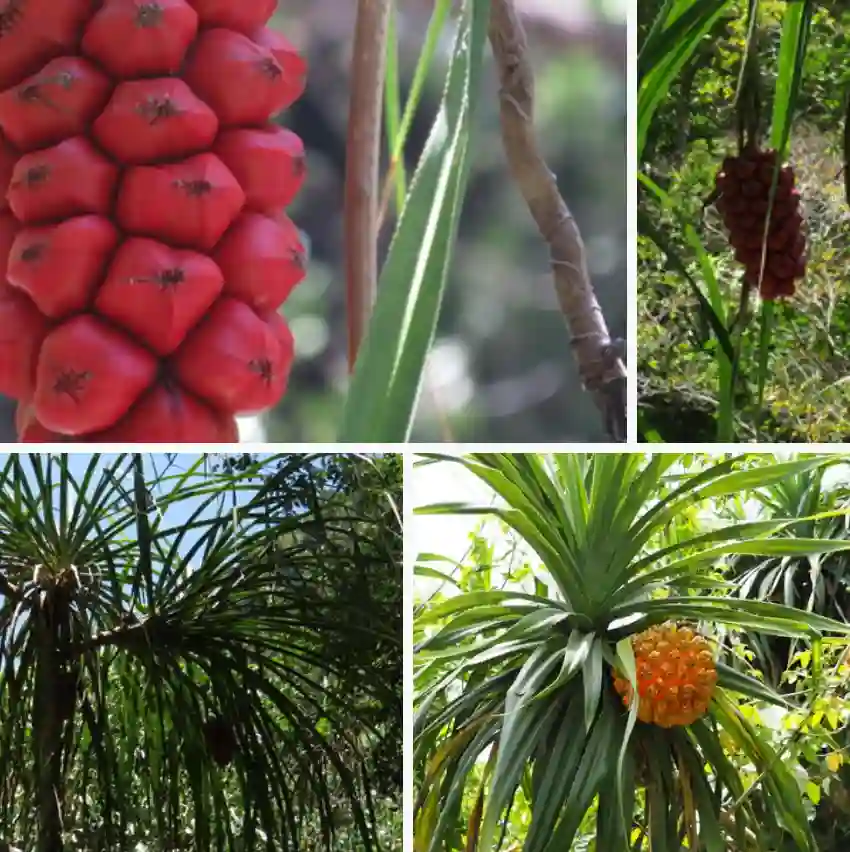Exploring the Clethraceae Family: Clethra and Purdiaea
As an avid plant enthusiast, I find myself drawn to the diversity and beauty of different plant families. One such family that has captured my attention is the Clethraceae. Comprising a small group of flowering plants, the Clethraceae family includes notable genera like Clethra and Purdiaea. In this article, I’ll share my experiences and insights about these two genera, highlighting their unique characteristics, habitats, and cultivation tips.
Understanding the Clethraceae Family
The Clethraceae family is a fascinating group within the order Ericales. It consists of approximately 30 species, primarily found in tropical and subtropical regions. The members of this family are known for their attractive flowers and foliage, making them popular choices for gardens and landscaping.
I’ve always been intrigued by the Clethraceae family, especially because of its relatively small size. Despite this, the diversity within the family is remarkable. Each genus brings something unique to the table, particularly in terms of appearance and habitat preferences.
Clethra: The Star of the Family
One of the most well-known genera within the Clethraceae family is Clethra. This genus is native to various regions, including North America and parts of Asia. The most common species I’ve come across is Clethra alnifolia, also known as sweet pepperbush.
Characteristics of Clethra
Clethra alnifolia is renowned for its fragrant, white flowers that bloom in summer. The blossoms attract bees, butterflies, and hummingbirds, adding a lively element to any garden. When I first planted Clethra in my garden, I was amazed by the sheer volume of pollinators it attracted. Watching these creatures enjoy the nectar was a delightful experience.
The foliage of Clethra is another appealing aspect. The leaves are glossy and dark green, turning vibrant shades of yellow in the fall. This seasonal transformation adds interest to my garden throughout the year.
Habitat and Cultivation
Clethra thrives in moist, acidic soils, often found in woodland settings. I’ve found that it performs best in partial to full shade, making it an excellent choice for my shady garden areas. The plant is relatively low-maintenance, which is a huge plus for someone like me who appreciates simplicity. Regular watering during dry spells ensures healthy growth, but I’ve learned that overwatering can lead to root rot.
Propagation is straightforward, either through seeds or cuttings. I prefer taking cuttings during the growing season, as they root easily in a moist, warm environment. With a little patience, I’ve expanded my collection of Clethra plants, enhancing my garden’s beauty and biodiversity.
Purdiaea: A Lesser-Known Gem
While Clethra tends to steal the spotlight, Purdiaea is another intriguing genus in the Clethraceae family. Primarily found in tropical regions of Central and South America, Purdiaea is not as commonly cultivated but is worth exploring.
Characteristics of Purdiaea
Purdiaea species are generally shrubs or small trees, characterized by their lush, evergreen leaves. The flowers, though less conspicuous than those of Clethra, possess a unique charm. I’ve had the opportunity to see Purdiaea in botanical gardens, and the delicate flowers can vary in color, ranging from white to shades of pink and yellow.
The foliage of Purdiaea is dense and glossy, providing a tropical feel to any garden. I appreciate how these plants can serve as excellent background plants or hedges, adding greenery year-round.
Habitat and Cultivation
Purdiaea prefers warm, humid climates, thriving in rich, well-drained soils. I’ve learned that while it’s not as drought-tolerant as Clethra, providing adequate moisture will help keep the plant healthy. I recommend planting Purdiaea in a sheltered location, as strong winds can damage the foliage.
Propagation methods include seeds and cuttings, similar to Clethra. However, I’ve found that Purdiaea may take a bit longer to establish compared to its counterpart. Patience is essential when growing this lovely genus.
Conclusion
In my journey as a plant enthusiast, exploring the Clethraceae family has been a rewarding experience. Clethra, with its fragrant flowers and adaptability, has become a staple in my garden, while Purdiaea, though lesser-known, adds an exotic touch to my collection.
Whether you’re looking to attract pollinators or simply add some greenery to your space, both Clethra and Purdiaea offer unique advantages. Their beauty and resilience make them worthy choices for any gardener. I encourage fellow plant lovers to consider these genera in their gardening endeavors. Embrace the beauty of the Clethraceae family, and you’ll discover the joy of nurturing these incredible plants.
If i die, water my plants!


